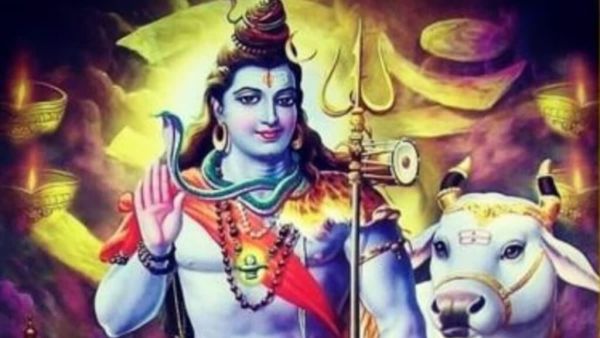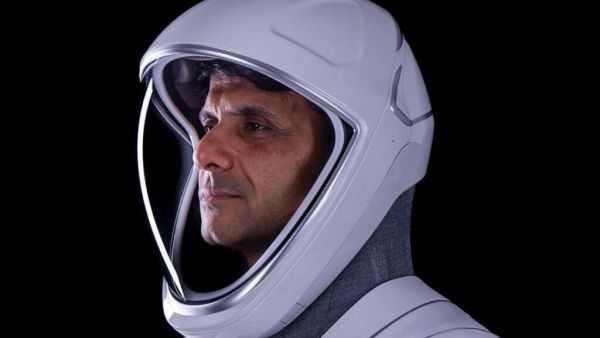Indian astronaut Shubhanshu Shukla has become the first Indian to reach the International Space Station (ISS) as part of the Axiom-4 mission — a landmark event in India’s space history. Here's a complete breakdown of the mission, its purpose, and what it means for India’s future in space exploration.
What is the Axiom-4 Mission?-
Axiom-4 is the fourth private spaceflight mission organized by Axiom Space, in collaboration with NASA and SpaceX.
-
The mission was launched using SpaceX’s Falcon 9 rocket from NASA's Kennedy Space Center on June 24 at 12:01 PM (IST).
-
The spacecraft used was the Dragon capsule, developed by Elon Musk’s SpaceX.
-
The Dragon capsule is expected to dock at the ISS after a 28-29 hour journey, reaching the station by 4:30 PM IST on June 25.
The mission includes four astronauts from four countries:
-
Shubhanshu Shukla – India (ISRO)
-
Peggy Whitson – USA (former NASA astronaut and commander)
-
Slavoj Ujnanski-Wisniewski – Poland (ESA)
-
Tibor Kapu – Hungary
-
The astronauts will stay aboard the International Space Station for 14 days.
-
During this period, they will conduct scientific research, experiments, and technology demonstrations.
First Indian to Reach the ISS: Marks a historic first for India in human spaceflight.
Revival After 41 Years: The last Indian to go to space was Rakesh Sharma in 1984. This mission revives India’s human space ambitions.
Support for Gaganyaan: The experience and data gathered will support India’s Gaganyaan mission, scheduled for 2027, where India plans to launch astronauts using its own spacecraft.
Pioneering Role in Commercial Spaceflight: Positions India as an active participant in future commercial space station collaborations.
-
Perform experiments in microgravity.
-
Test the survival of microscopic organisms like tardigrades (also known as “water bears”).
-
Evaluate the behavior of biological systems in extreme conditions.
-
Validate systems and processes for long-duration human spaceflight.
-
Aid in the development of India’s future space technologies.
-
Lay groundwork for India’s future commercial space stations.
-
Inspire youth and spread space awareness.
-
Strengthen international collaboration in space research.
-
Shubhanshu carried tardigrades—microscopic creatures known for their extreme resilience.
-
These creatures can survive boiling temperatures, freezing cold, high radiation, and even the vacuum of space.
-
Studying tardigrades in space helps scientists understand survival mechanisms in hostile environments and has potential applications in space medicine and genetics.









